It certainly takes plenty of research and well-planned experiments to advance medical science toward a healthy and comfortable patient life. A minimally invasive orthopedic surgery (MIOS) is a result of successful attempts made by healthcare experts to reduce the inconvenience caused by conventional invasive open surgery.
There was a reason why open surgeries were called invasive. For instance, you get a fractured shin bone and there was a huge incision created on the skin above for fixation of the affected fractured bone with orthopedic products. However, this surgical procedure often had an increased risk of infection, slower recovery, restricted movement due to wound healing, and many other complications.
Thanks to the huge steps taken in medical technology, today with the help of minimally invasive surgery the chances of the mentioned complications are almost negligible. This game-changing method involves smaller incisions using advanced equipment that ensures no damage to the surrounding healthy tissues. It has certainly gained approval from orthopedic surgeons, as they aim to only treat musculoskeletal structures-related illnesses without bothering the adjacent tissues.
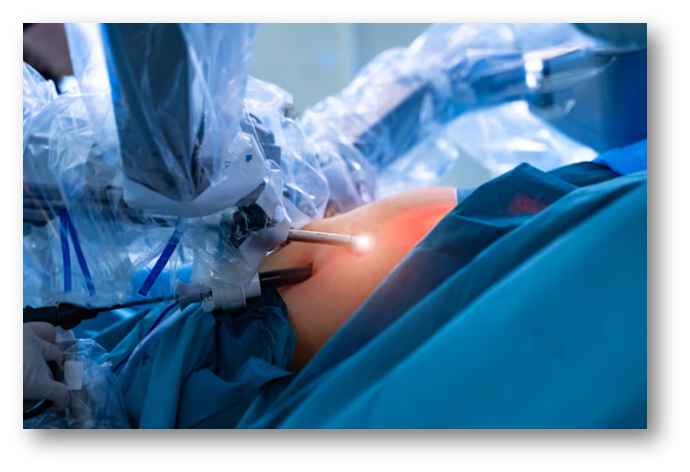
We shall further talk in detail about minimally invasive surgery, its benefits, and its impact on the patient’s recovery.
What is Minimally Invasive Orthopedic Surgery?
Till now, you must have had a slight idea of minimally invasive surgery. It is a surgical procedure that involves minimized cuts through the skin tissues. The main concept of orthopedic surgeons behind using MIOS is to treat conservatively with little to no trauma during the implant insertion procedure. The smaller the cuts, the less time it will take to heal and recover properly after surgery.
These surgeries are performed using smaller and specially equipped instruments. For example, an arthroscope with an attached camera is used for minor knee joint operation. Likewise, this procedure holds many other benefits over the traditional approach. It causes less pain, shorter hospital stays, fewer complications, quick recovery, and the patient can move around comfortably after healing.
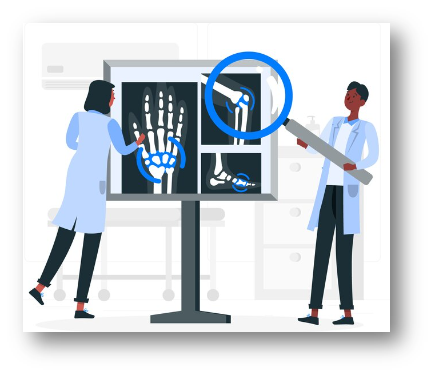
Some of the different types of minimally invasive surgical procedures include:
Robotic Surgery
It is the most cutting-edge technology that uses robotic arms to perform surgeries through minor incisions. A well-trained surgeon sits in a controller room, from where he/she controls the robot arms to initiate the procedure. The amazing part is that these arms can reach even the smallest areas. The robotic surgeries can be done via single or more ports.
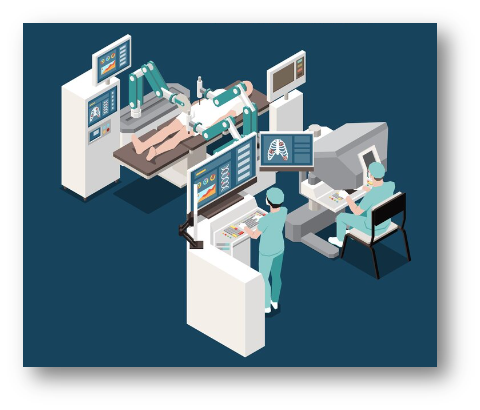
Keyhole Surgery
Most minimally invasive surgeries include a small hole-like incision to create a passage for inserting various narrow instruments during surgery. An endoscope with a camera on its tips is inserted through this cut to spot the injured area, and through another similar incision, the surgeons operate.
Arthroscopy is an example of keyhole surgery performed by an orthopedic surgeon to treat minor rotator cuff injuries, ankle fusion, or hip damage.
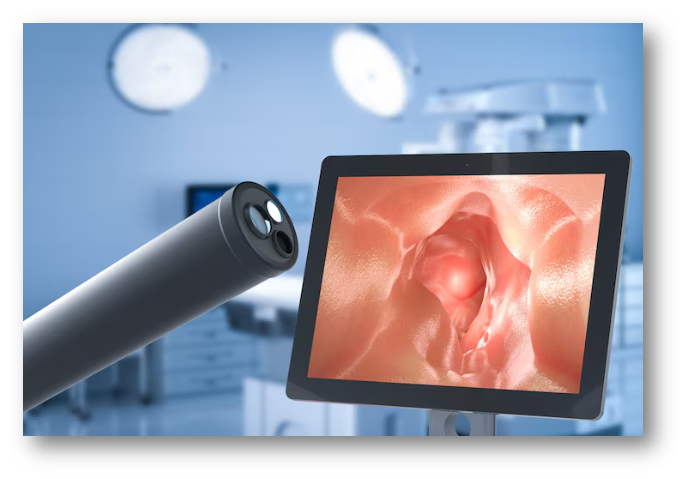
Lumbar Disc Arthroplasty
A patient suffering from severe lower back pain caused by a degenerative disc can be treated by an orthopedic surgeon with artificial disc replacement during a lumbar surgery, also known as lumbar disc arthroplasty. When every other non-surgical approach fails and the condition gets aggravated, then lumbar arthroplasty is usually done.
A special instrument replicating the spinal disc's motion is used to replace the damaged spinal disc. The artificial disc minimizes inflammation and stabilizes the affected spine segment to lessen discomfort.
Percutaneous Pinning
Instead of creating an incision, percutaneous pinning involves pushing orthopedic pins and wires through the skin and then into the bone to stabilize it. The operated area is then covered using a bandage or cast to cover the end of pins that are out on the external side.
Technologies Used for Minimally Invasive Orthopedic Surgeries
Recent advanced technology allows on-point tracking and visualization of experiments to find new surgery techniques. It is such a contribution of science and innovation that has led to the introduction of MIOS. Among these technologies are:
Computer-Assisted Surgery: A 3D representation of the treatment area is produced by a computer using this technology. The process is then precisely carried out by a computer-guided apparatus, increasing precision.

Navigation Systems: Software-assisted navigation is used during surgery to place orthopedic products in the knee, hip, or other structures. It lowers the risk of revision of such critical surgeries.
3D Printing: Custom surgical instructions and biocompatible orthopedic products can be made using 3D printing. This state-of-the-art technology guarantees every implant fits properly to the patient, especially in complicated situations like pelvic or limb reconstructions.
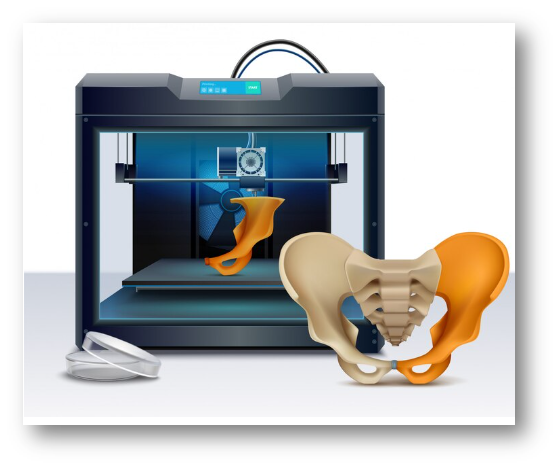
Better Anesthesia Techniques: Anesthesia plays a huge part in the short hospital stay of patients after surgeries. An improvised technique of giving general anesthesia can save patients a lot from pain and help them quickly mobilize post-operation.

Injectable Bone Cement: The availability of bone cement has made it possible for surgeons to inject it into the joint-implant junction or for fracture fixation. It improves the adhesive properties of the implant, strengthens the juncture, enhances stability, and reduces the chances of loosening implants in the long run.
Impact that Minimally Invasive Orthopedic Surgery
The latest technology and minimal damage have made MIOS one of the most recommended procedures among orthopedic surgeons.
1. Less to no trauma to the patient
As said and discussed, this surgical procedure involves no bloodshed or tear of the tissues which makes it a minimally invasive orthopedic surgery. And, this is also the reason for lesser trauma to the patient post the operation.
Whenever a patient has to go through an open surgery, there is a lot of trauma involved. The reason for it is not just a fractured leg or worn-off knee joint, but also the fact that their life comes to hold after it. The body then must recover from the surgery as well as adjacent tissue damage.
However, this is not the case with minimally invasive procedures, as they involve negligible incisions and there is no obstruction for a longer time to move.
2. Cost-effective
In addition to improving a patient's physical condition, this surgery also provides financial advantages. As an example, staying in a hospital is not required for almost all arthroscopic procedures. They are majorly outpatient procedures which would help you save some money and also an added fact that fewer resources would be used in this surgery. Of course, money is not crucial in such matters, but saving some of it is always a piece of good news.
3. Faster recovery
From the beginning, we have been linking MIOS with quicker recovery. This can affect a patient's life in a way that it becomes possible for him/her to move around and start their rehabilitation program for complete healing. It will also motivate them to get back to their normal lives, which is always delayed in conventional surgeries.
Furthermore, mini-invasive orthopedics saves or we can say minimizes post-operative discomfort and problems. For example, in arthroscopy, there is no exposed joint or any other internal tissue which reduces the recovery time compared to open surgery.
Final Thoughts
On the whole, we would state that minimally invasive surgery is a much better approach to dealing with orthopedic problems that require implant insertion. It does take some time for recovery, but a surgeon can without hesitation advise the patient to get up and start moving around for a while. Besides this, a healthy diet and a well-planned rehab program are enough for the patient to restore their normal life.